Grand ol’ Ambassador is to be back again
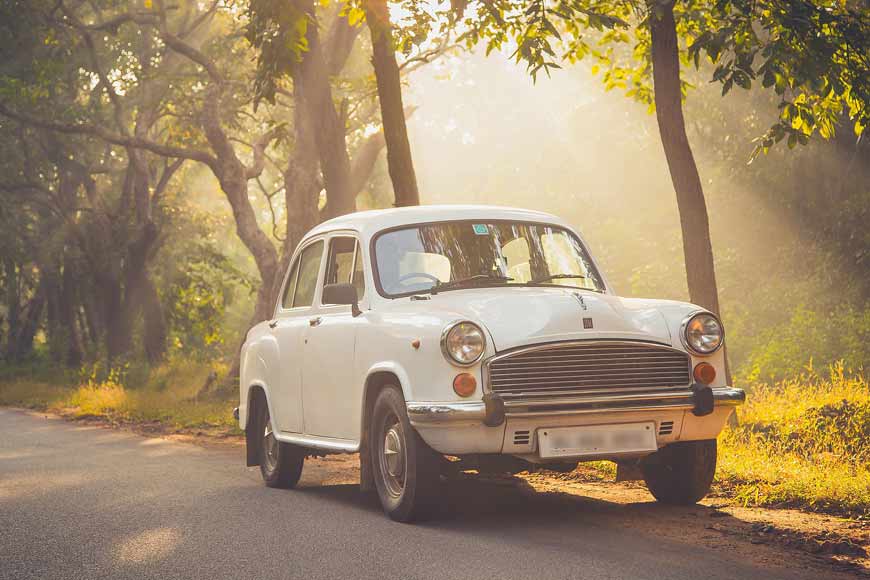
Kolkata’s Ambassador car is to be back again, in a new avatar and that probably makes every Bengali proud. Hindustan Ambassador, the quintessentially “Made in India” car is a symbol of India’s automotive history and there is little else that defines motoring in the country like the grand ol’ Ambassador. Although the Ambassador was based on the Morris Oxford series III model, first made by Morris Motors Limited at Cowley, Oxford in the United Kingdom between 1956-1959, its ‘desi’ version, our very own Ambassador, was considered as a definitive Indian car and was fondly called the ‘King of Indian roads.’
Generations of Indians born before Gen Z still fondly remember the Ambassador through childhood memories. For most Indians, Ambassador was not only the first Indian-made car, it meant a lot more. The Ambassador borrowed a popular advertisement tag line -- “owners pride, neighbour’s envy.” “For us the car was an emotion, an aspiration, a dream, a new technologically independent journey of a homogenous brand. We loved the dad’s car, it was so sturdy, spacious inside, dependable, reliable, economical and perfect for an average big Indian family. I remember once the car had hit another and there was just a small dent infront and the headlights broke. Nothing much unlike the cars of today,” said Prerna S, who remembers her childhood days in her father’s car in the 1980s.
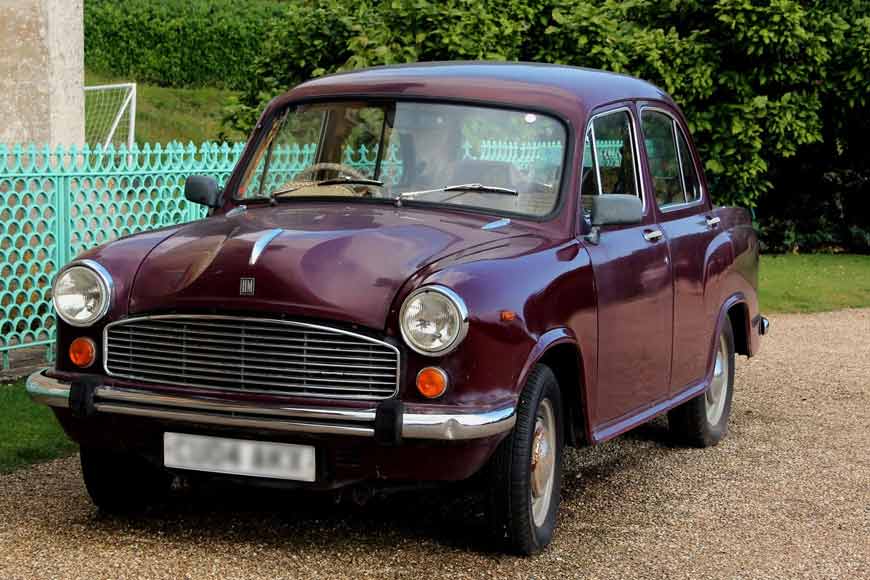
Sarojesh Mukerjee, an avid car enthusiast and owner of vintage cars in Kolkata added: “The Ambassador car was a great equalizer. It was the only India-made vehicle that bridged the class divide. It had pride of place in the garage of the wealthy aristocrat and one could well be a middle-class person and own the same car. It was a power statement among the elite, the car of choice for statesmen, politicians and bureaucrats and an aspiration that was highly attainable by the middle class. The choice of vehicles was limited at that point of time and the Ambassador was the much-favoured option over Fiat and Standard Herald.” “The interior was so roomy I can almost visualize an entire football team travelling in an Ambassador car. Two adults could sit in front, next to the driver and five people could squeeze in at the back without much difficulty. Add to that the impediments and challenges thrown by pot-holed roads and undulating surfaces, traffic snags and sudden interruptions on the streets – nothing could stop the Ambassador’s expedition. The car was simply invincible. In fact, it was everything from a limousine to a tractor.”
Till 1940s, the automobile industry was completely under foreign rule. Overseas vehicle makers assembled and sold their cars in India. The assembly plants were also owned by foreign car companies. In the beginning of the 1940s, Indian business houses ventured into the automobile sector including the Birlas, who launched Hindusthan Motors in 1942 and Walchand Hirachand of Premier Automobiles Ltd (1944). Initially Hindusthan Motors started operations in a small assembly plant in Port Okha near Gujarat and later planned to upgrade their existing Hindustan models. The Tatas followed suit in 1945 with the establishment of TELCO and the Mahindras’ in 1945.
However, the onset of World War II forced the Indian entrepreneurs to stall their plans temporarily. After the war ended in 1945 and the British left India in 1947, the plants were resuscitated and a year later, Hindustan Motors (HM) set up a spacious factory at Uttarpara, on the outskirts of Kolkata. Owing to its tie-up with Morris Motors, HM began to assemble and sell the British company’s cars in India. The first Morris to roll off HM’s assembly line was the Hindustan 10 in 1949. Hindustan 14 (Morris 14) was next in line, followed by the Baby Hindustan (Morris Minor) and then the Hindustan Landmaster (Morris Oxford Series II). The Landmaster was launched in India at the same time as the Fiat 1100 Millicento was released. Similar in terms of overall design but with much larger proportions, the Landmaster was popular with those who preferred to be driven around rather than drive themselves.
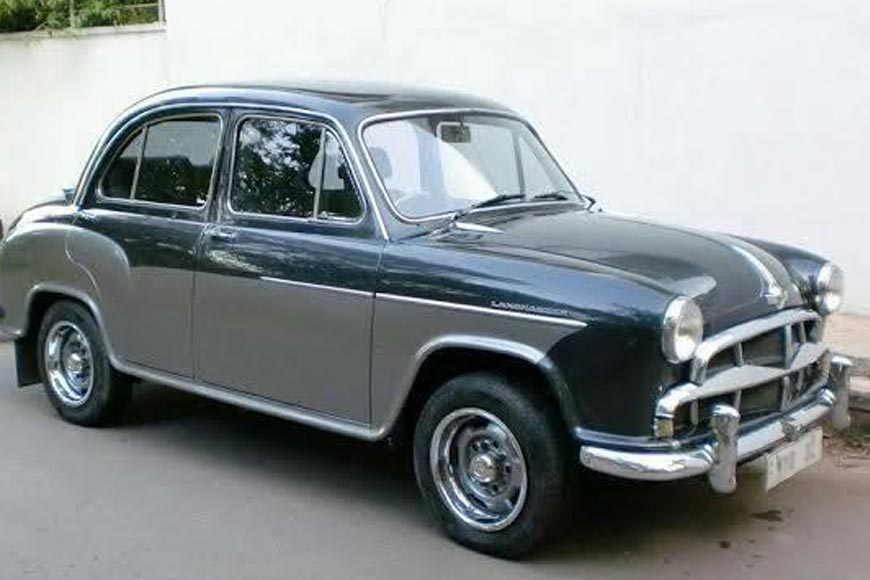
The Landmaster was essentially the Morris Oxford Series II which was later replaced by the Morris Oxford Series III – the erstwhile Ambassador MK1 in India. The Hindustan Ambassador MK1 was introduced in mid-1958. This was the last model to briefly feature the semaphore type indicators which were later replaced by fender mounted side indicators in the MK2. The interior was also upgraded with changes in the steering wheel, wooden grain dashboard and dials.
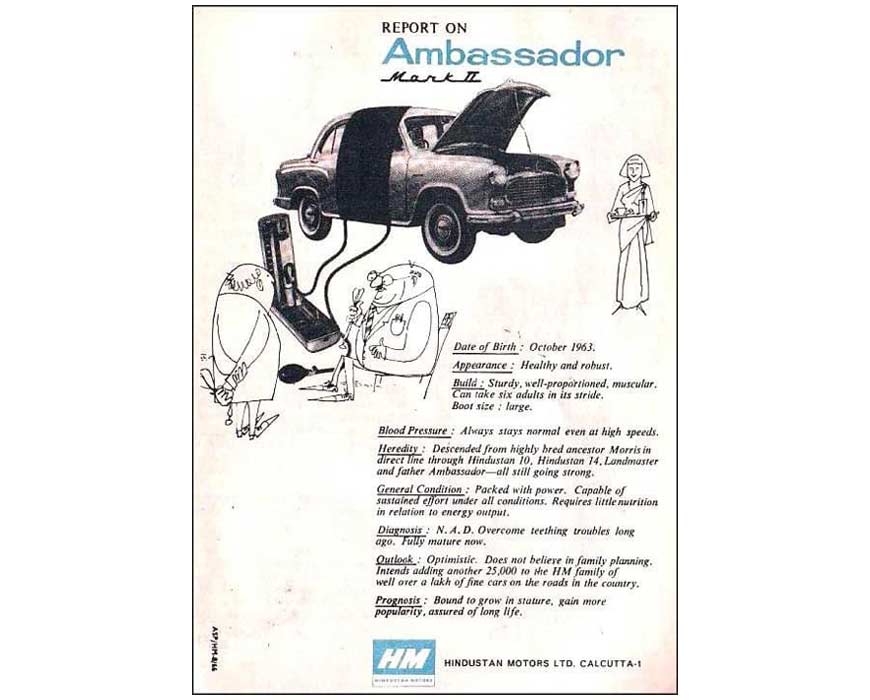
In 1962, Hindustan Ambassador Mark II was introduced with a frontal facelift, which had a slight similarity to the Morris Mini. It had an updated wooden dashboard with new dials. Its bumpers remained the same with the metal overrides, but smaller when compared to those available in Mark I. Till 1975, this model was manufactured and then Mark III was launched in 1975 with a much more developed frontal grille design consisting of a horizontal slat design and round indicators that were placed below the headlamps.
After a short-lived MK3, the MK4 was unveiled in 1979 with a slightly altered front end with a smaller grille. This was the basic formula that continued till the end of the Ambassador’s production run in 2014. “There were cosmetic changes for Mark II, Mark III and Mark IV over the years as each edition was launched but the only concrete change that was actually made in the car was changing its overhead valve engine to a side valve engine. After this, till the 1990s, no major mechanical changes were incorporated. A little tinkering was done here and there about the looks of the car and that was it. In the late Nineties, the diesel engine was introduced. But by then, the Ambassador was fast losing ground to other competitors. It was a much delayed attempt to catch up with the competition. The bars had been raised in the Indian market with the liberalization of economy and it was tough to survive if one failed to move with the times, and HM unfortunately did not notice or chose to ignore the lines written on the walls,” explains Mukerjee.
“The Maruti automobile factory was set up at the initiative of Sanjay Gandhi in the 1980s but it was a failure from the word go. It was ill-conceived and nothing concrete materialized from the much-hyped project. After liberalization of economy in the Nineties, Suzuki Motor Corporation, the Japanese multinational automobile company stepped in and this was the beginning of the downhill journey of HM. Although three generations of Birlas had been running the show by then, they did absolutely nothing to modernize the factory. Later, they did introduce Contessa but that also did not do well in the market because by then Japan had introduced much advanced technology and more attractive designs in the Indian market. The Birlas opted for half-hearted patchwork, picking up discarded designs and machines from the UK and grafting to overhaul the Ambassador and this compacency boomeranged. The state-of-the-art Japanese technology was far superior and as days went, it was evident that the Ambassador with its bulky Fifties’ body and outdated mechanism was gradually losing the battle,” rues Mr Mukerjee.
There were other problems as well. Labour unrest was a major issue. The plant was not looked after well, and no initiative was taken to modernize the factory. As a result, people were losing their trust on the durability and dependability of Ambassador. In fact, people who bought Ambys (fondly nicknamed) in the late Eighties faced numerous technical snags. There was a common maxim that Ambassador buyers were compelled to take their newly bought vehicles to garages for a thorough check up after delivery because the vehicles were so shoddily assembled that different body parts like the handles would fall off… and these are the reasons why manufacturing of Ambassadors had to be stalled.
In the 1990s, the only place where one could spot the car was inside the garage of government officials. Ambassador, the ‘grand ol’ indestructible vehicle’ failed to capitalize on the market and eventually lost out when the-then Prime Minister, Atal Bihari Vajpayee replaced his Ambassador with a BMW SUV.
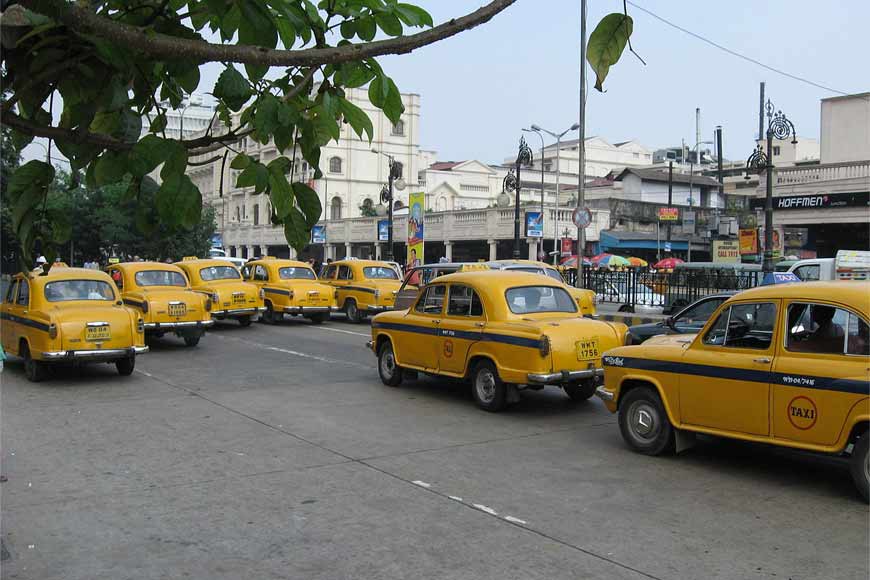
Although Hindustan Motors stopped Ambassador’s production in 2014, one can still spot them on the road – mostly as the quintessential yellow or black and yellow taxis. But now even this segment is facing stiff competition from new-age taxi service companies, such as Uber and Ola. Preferences of independent taxi owners are also changing fast. The overall journey of the Ambassador can be summed up as “from a classic car to a taxi, and then neither”. In a BBC show, Top Gear, it was pitched against a variety of other vehicles and it came out as a clear winner. But this wasn’t enough to bring its status back into the market.
However, the Ambassador is expected to make a comeback in a new French avatar. The Hind Motor Financial Corporation of India (HMFCI) is collaborating with French automobile company Peugeot to bring out the Ambassador 2.0. According to media reports, the revamped car will hit Indian roads in two years. The production will take place at Hindustan Motors’ Chennai plant, which is operated by HMFCI, an affiliate company of the CK Birla Group.
In an interview to Times of India, HM Director Uttam Bose stated that the joint venture between Peugeot and HM is working on the design and engine of the classic car. “Mechanical and design work for the new engine has reached an advanced stage,” he added.
HM’s Chennai plant used to produce Mitsubishi cars, while the Uttarpara plant in West Bengal manufactured the Ambassador. The last of the classic cars rolled out the Uttarpara factory in 2014. The Hindustan Motors Ambassador once held 75% market share in the Indian automobile market and faced a tough challenge from more affordable and smaller cars like Maruti 800.










